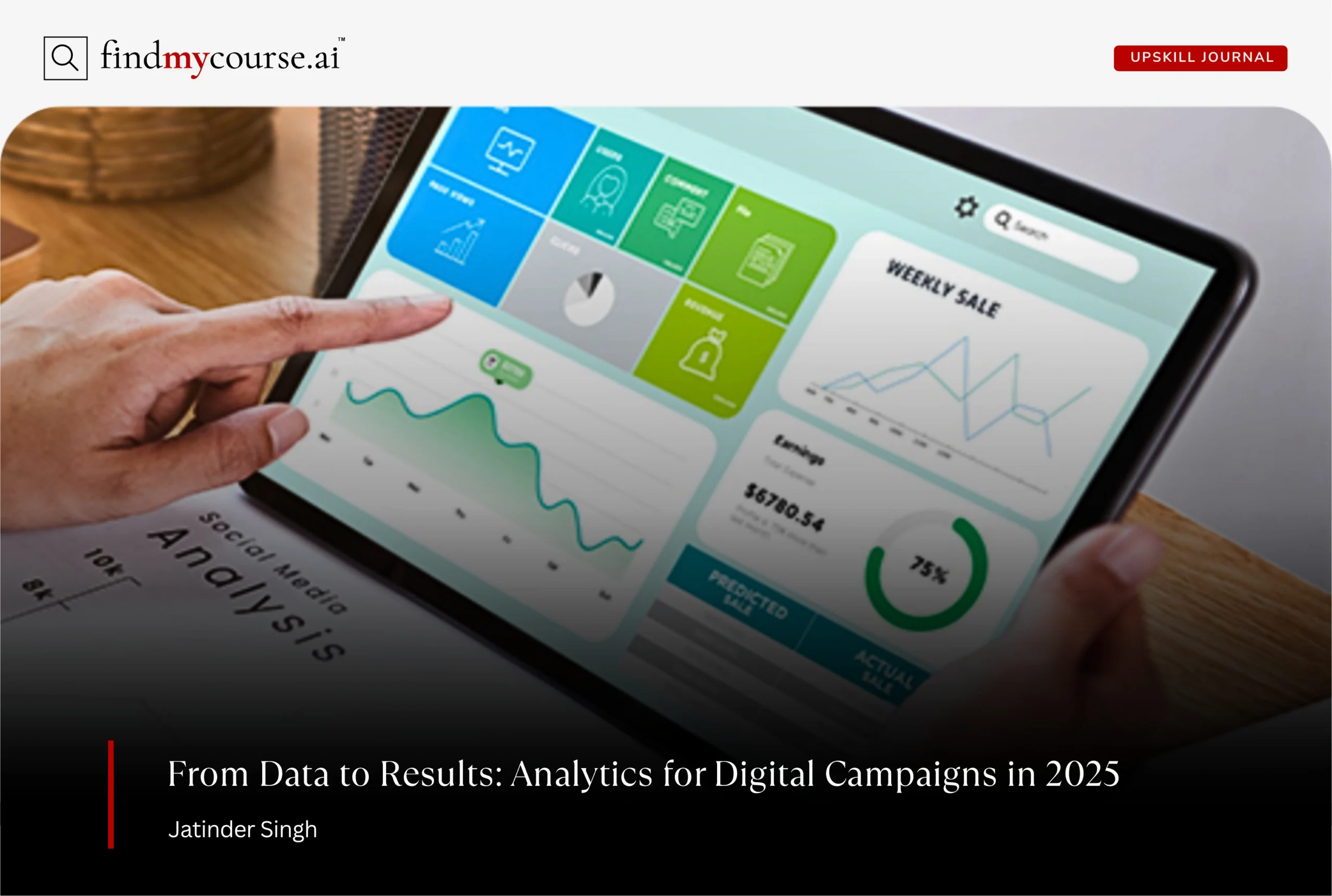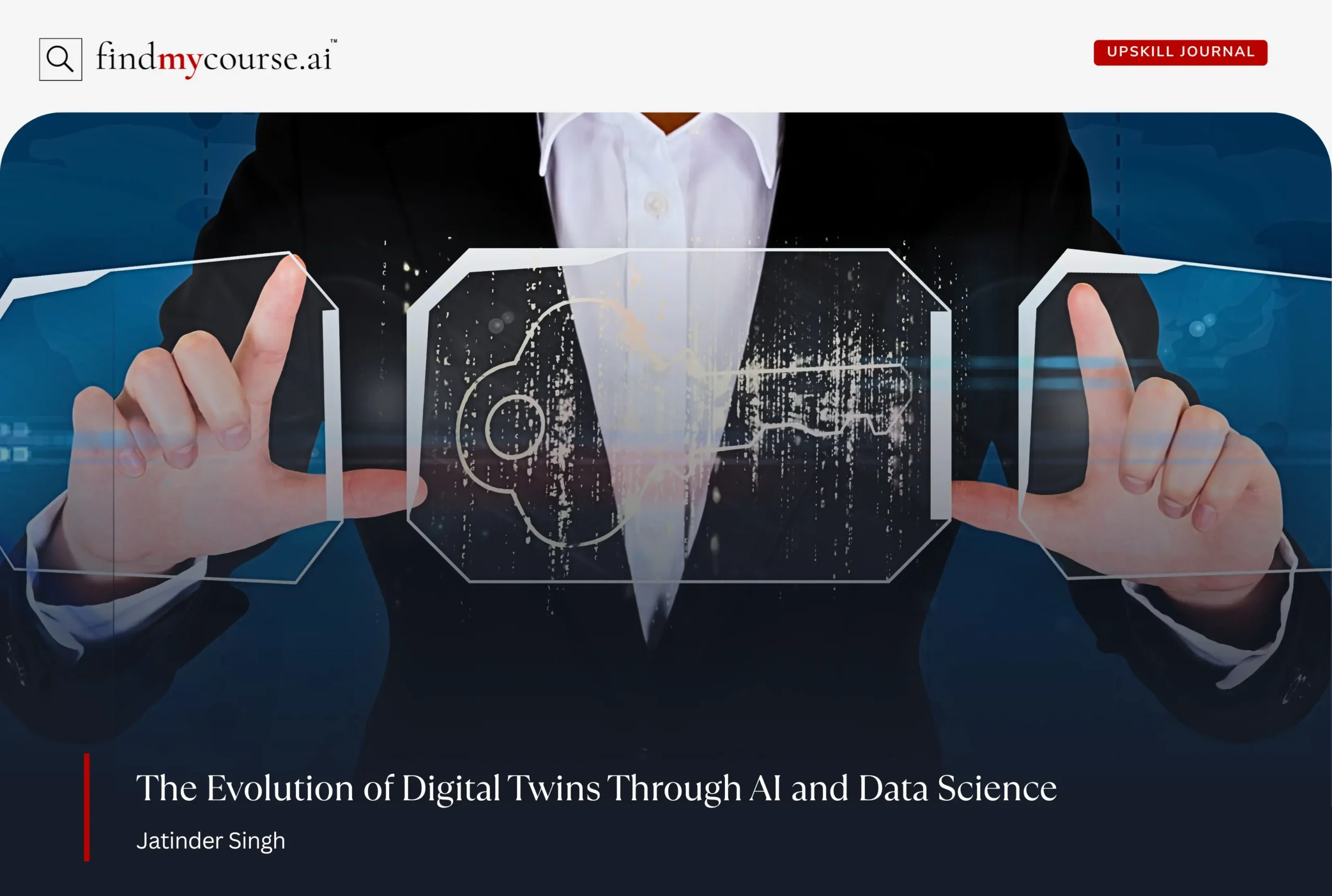In 2025, launching a digital campaign is like stepping into a fast-moving river. The current—technology, competition, shifting audience behavior—never stops. Creativity gets you noticed, but analytics gets you results.
Think of analytics as the compass that turns your big ideas into measurable success. Without it, you’re just sending content into the world and hoping it works. With it, you know exactly what’s happening, why it’s happening, and how to make it work even better—and thanks to the rise of accessible online learning platforms, it’s easier than ever for marketers to sharpen these skills.
What Analytics Really Means in Modern Marketing
Analytics in a digital campaign isn’t just about charts and numbers. It’s about uncovering the story behind your audience’s behavior. It answers questions like:
• Which posts, videos, or ads sparked the most action?
• Did people who clicked also buy, subscribe, or engage further?
• Are you spending your budget in the right place at the right time?
Imagine running a campaign for a new skincare brand. Without analytics, you might think your beautiful Instagram feed is the star. But data from Google Analytics 4 could reveal your TikTok tutorials are driving twice as many sales. That’s not just a detail—that’s a direction change.
Analytics Models That Guide Smarter Campaigns
Analytics isn’t just about collecting numbers—it’s about using the right type of analysis for the right question. In a digital campaign, marketers often rely on four key models:
- Descriptive Analytics – What Happened?
This is your campaign’s scoreboard. Tools like Looker Studio can turn raw data into clear, visual reports showing total visits, impressions, or conversions.
Example: A winter promotion drives 40,000 website visits and 1,200 purchases. You now know what happened, but not yet why. - Diagnostic Analytics – Why Did It Happen?
Here, you dig deeper to identify causes and connections. Using HubSpot Analytics, for example, you could see that visits spiked after an influencer’s product review went viral.
Example: Now you know which tactic triggered the surge. - Predictive Analytics – What Might Happen Next?
By analyzing past trends, this model forecasts likely outcomes. Salesforce Einstein can process historical data to predict which campaign timing or content type might yield the best results.
Example: Past data reveals evening ads consistently outperform morning ones, predicting a potential 15% engagement lift if you shift timing. - Prescriptive Analytics – What Should We Do About It?
This is the “action” stage—recommending specific moves for better results. Platforms like VWO (Visual Website Optimizer) offer a solid alternative, allowing you to test variations, optimize experiences, and validate changes before committing resources—making sure your moves are both smart and strategic.
Example: Analysis suggests reallocating budget to niche influencers for 40% higher conversions.
When these models work together, you move from reacting to results to actively shaping them. Instead of guessing, you’re making informed, forward-looking decisions that keep your campaign ahead of the curve.
Where the Numbers Come From
Behind every data point is a touchpoint between you and your audience. In a digital campaign, those touchpoints include:
• Website Analytics – Every visit, click, and conversion tells a part of the story; Matomo is a privacy-friendly option that gives you full control of this data.
• Social Media Insights – Engagement metrics from tools reveal how well your content resonates.
• Advertising Dashboards – Platforms such as Google Ads guide spending by tracking impressions, click-through rates, and cost per conversion.
• Email Metrics – Campaign platforms measure open rates and click-throughs to show how effectively you’re holding attention.
• Customer Databases – Systems like Salesforce CRM organize purchase history and preferences to enable personalized outreach.
The trick isn’t just collecting this data—it’s connecting it. When you merge insights from multiple channels, patterns emerge that no single report can show.
How Analytics Shapes Digital Campaign in 2025
In today’s market, analytics is not something you “check” at the end—it’s a constant companion at every stage:
• Before Launch – Past performance guides budgets, messaging, and targeting.
• During the Campaign – Real-time monitoring with tools like Sprout Social lets you adjust on the fly. If one ad is outperforming another, you can reallocate spend instantly.
• After Completion – Detailed reports tell you what worked, what didn’t, and why.
Take a food delivery startup as an example. Midway through their spring promotion, analytics showed that Instagram Stories ads were outperforming static feed posts by 300%. By switching focus midstream, they didn’t just save money—they earned more sign-ups before the campaign even ended.
Beyond Numbers: Tracking Attention, Not Just Impressions
Five years ago, marketers were happy to brag about reach and impressions. But in 2025, the conversation has shifted. The real question is: Did you keep your audience’s attention?
Metrics like watch time, scroll depth, and repeat visits tell you far more about engagement than raw reach. A video with 5,000 views where most viewers watch to the end is more valuable than one with 50,000 views abandoned after three seconds. Tools like Hotjar make these attention metrics easy to track and visualize a digital campaign.
AI, Automation, and the New Speed of Insight
One of the biggest changes in 2025 is how fast insights arrive. Artificial intelligence now scans enormous datasets in seconds, spotting patterns and predicting behaviors that used to take days—or weeks—to uncover.
Automation tools such as Albert.ai can flag underperforming ads in real time, suggest budget reallocations, and even generate personalized reports without manual input.
For marketers, this means you can make smarter decisions in the middle of your digital campaign, not after it’s too late to change the outcome.
Personalization: Making Every Interaction Count
Audiences expect personalization now—it’s not a bonus, it’s the baseline. Analytics makes it possible to deliver relevant, timely content without guessing.
A travel company, for example, could send one customer last-minute flight deals while sending another a guide to family-friendly destinations—both based on past browsing behavior.
When personalization is backed by solid analytics, it stops feeling like marketing and starts feeling like service.
Skills That Make Analytics Work for You
You don’t have to be a data scientist to make analytics your ally, but certain skills will make you far more effective:
• Curiosity – The instinct to ask “why” behind every trend.
• Data Literacy – Comfort with basic metrics and what they mean.
• Tool Familiarity – Knowing your way around dashboards and analytics software.
• Storytelling – Translating raw data into insights that inspire action.
If you’re new to the field, free training resources like Google Skillshop can give you the confidence to turn numbers into strategy. You can also explore Google Data Analytics on Coursera or Data Analysis for Business on edX—both beginner-friendly courses that blend practical skills with real-world marketing applications.
Analytics as Your Digital Campaign Co-Pilot
Picture your campaign as a long road trip. Creativity is the vehicle; analytics is the co-pilot. It doesn’t just tell you where you are—it warns you about roadblocks, suggests faster routes, and keeps you on track to reach your destination.
Without analytics, you’re driving blind. With it, you’re making every turn with purpose.
Conclusion: The Data-Driven Advantage
At the end of the day, analytics is what turns creative campaigns into consistent wins. It shows you what’s working, forecasts what’s coming next, and guides every decision with clarity. In a world where attention is fleeting and competition fierce, it’s the blueprint that keeps your strategy standing. The brands that win are the ones that treat data as a daily decision-making partner, not an afterthought. And if you ever feel lost in the data, our AI assistant is just a question away to help you find the way forward.


